Do you dye? 8 ingredients you should avoid at all costs
One in three women over the age of 18 and 2 in three over the age of 45 use hair dye to cover gray hair or change their natural color. One in 10 men also uses a product. And they all do it confidently, without thinking about the consequences for their health.
Hair dyes increase the risk of cancer
Several recent studies link conventional dyes to breast cancer.
Research led by Kefah Mokbel, professor and chief surgeon at Princess Grace Hospital in London, concludes that dyeing more than six times a year is associated with a 14% increased risk of developing breast cancer.
In women with black skin this risk exceeds 50% and reaches up to 74% in the case of cancers with positive estrogen receptors, according to a study by Rutgers University. In this, hair straightening products also showed a carcinogenic relationship.
A third study, a review conducted by researcher Sanna Heikkinen, from the University of Helsinki, estimates that dyeing your hair increases the risk of developing the disease by an average of 23%.
For Dr. Adana Llanos, an epidemiologist at Rutgers University, the relationship between dyes and cancer most likely responds to the presence of ingredients with estrogenic effects, such as phthalates, parabens, perfumes and other chemical substances with hormonal action.
The composition has improved, but not enough
The composition of synthetic dyes has improved since the 1970s, when the presence of different carcinogenic substances in them was denounced, but they are still far from being completely safe.
Manufacturers have been substituting ingredients that had the most evidence against them, and in 2006 the European Union banned 22 chemical compounds that had been linked to bladder cancer, leukemia and various types of lymphoma.
However, a study published in 2014 in the journal Occupational & Environmental Medicine found that hairdressing employees continue to be exposed to toluidine, an aromatic amine that is a probable carcinogen and is still used in the manufacture of pigments despite being prohibited.
These substances are found in greater quantity in the darker color dyes.
Therefore, current dyes may contain compounds with hormonal effect, aromatic amines and some other suspect ingredients.
The ingredients that you should avoid at all costs in your dye
Many people who want to reduce the risk look for "ammonia-free" dyes because this substance, which is used to fix the new color, dries out the hair, is irritating and smelly.
But this is not enough. More than 5,000 different chemical substances are used in the composition of today's dyes, even those "without ammonia".
Too many of these substances are aggressive with the skin, allergenic and carcinogenic in animals. Let's see some of them:
1. Paraphenylenediamine (PPD or para-phenylenediamine)
It is found in greater quantity in darker color dyes and there are studies that associate it with irritation, allergic reactions and cancer.
Hair dyes containing PPD are required to state on the packaging that "may cause an allergic reaction", "contains diaminobenzenes" and "not to be used for dyeing eyebrows and eyelashes". The same warnings should appear if the dye contains similar substances such as methylphenylenediamines and diaminotoluenes.
Professor Kefah Mokbel links PPD to hormone-dependent cancers. And experts from the Environmental Working Group, which maintains a database on cosmetic ingredients, rate their health risk as moderate to high.
Look for it in the ingredients list, because it's not hard to find it in products that are presented as "natural". It can appear with the following names:
2. Ammoniacal mercury (ammoniated mercury)
It is often found in "PPD-free" products, but it is not entirely safe, as it is associated with allergic reactions. It is used to bleach and enhance the color.
3. Ammonia or ammonium hydroxide (ammonium hydroxide)
It is responsible for the bad smell of dyes. It irritates the respiratory tract and is very aggressive with the skin.
In conventional dyes that are declared "ammonia-free" it is very likely to be replaced by a similar reagent such as ethanolamine, which is odourless, but not much safer.
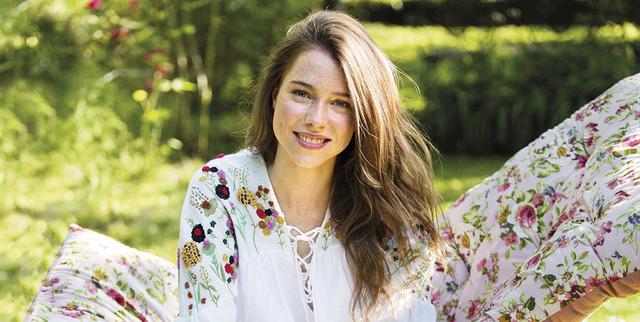
It is especially worrying for hairdressing employees.
4. Hydrogen Peroxide
It is not toxic, but it can irritate the skin and lungs. It is used to remove the natural color and facilitate the fixation of the pigment.
5. Nonylphenol or octylphenol (nonylphenol or octylphenol)
Studies suggest that they are endocrine disruptors that accumulate in body fat.
They especially affect men, because they reduce the production and quality of sperm.
6. Parabens and phathalates (parfum)
They are also endocrine disruptors. Some parabens are related to breast cancer, although the causal association is not yet established.
7. Resorcinol
It is a very aggressive substance with the skin and an endocrine disruptor that alters the thyroid and adrenal glands. It can affect the nervous and immune systems.
Its function is to react with a bleach (generally hydrogen peroxide) to promote color fixation in the hair.
When it is present in the composition of the dye, the law requires the following warnings: "contains resorcinol", "rinse hair well after application", "do not use to dye eyelashes or eyebrows", "immediately rinse eyes when the product comes into contact with these".
In the list of ingredients you can find it with different names:
8. Formaldehyde
It is an irritating, allergenic and, in certain circumstances, carcinogenic preservative compound, which is not listed as such in the list of ingredients, but can also be released by some of them, such as quaternium-15, dimethyl-dimethyl (DMDM) hydantoin, imidazolidinyl urea, diazolidinyl urea, sodium hydroxymethylglycinate; and 2-bromo-2-nitropropane-1,3-diol (bromopol).
Natural and safe alternatives to dye your hair
Fortunately, there are alternatives to synthetic dyes. But to discover them, you have to avoid brands that use the words "natural", "organic" or "ammonia-free" as a claim, which do not prevent harmful ingredients from being found in their composition.
It is advisable to be careful even with products whose main ingredient is henna, the plant that has traditionally been used to dye hair, as they may contain synthetic and harmful additives such as PPD or lead acetate, which is prohibited in the European Union.
In the beauty salon or at home
You can dye yourself with pure henna at home, but if you want to go beyond the reddish tones, there are now salons where dyes of a variety of colors based on plants, clays and vegetable oils are professionally applied, offering maximum coverage and duration (up to 6 months).
Natural dyes use plants that dye such as henna, cassia, Indian gooseberry (amla), indigo, hibiscus, turmeric, saffron, beets, walnut shells, sea buckthorn or coffee. , among many. Of course, the hair is not bleached, but is covered with pigments that do not alter its structure.
As conditioners they resort to coconut oil, wheat proteins or jojoba, for example. All these natural ingredients are not only not dangerous, but also nourish and protect the hair.
The only limitation is that you cannot get a shade lighter than the natural hair color. The brands Naturalmente or Secretos de agua offer this type of product for professionals.
With natural or organic certification
There are also natural powder or cream dyes to apply at home. It is necessary to always read the list of ingredients or, better yet, look for the seal of a recognized certifier on the packaging (Cosmos, BDIH, NaTrue, Ecocert, ICEA...).
Manufacturers committed to health and the environment provide rigorous and clear information on the components they use.
Our selection of recommended natural dyes
Here is a selection of six safe dyes for your hair and your health that you can easily get at natural cosmetics stores or organic supermarkets to apply at home:
1. Deep Black Henna Powder (Logona)
It is used to darken hair and cover gray hair. It can be mixed with other colors to improve and personalize the result.
Ingredients: Indigofera tinctoria (indigo) leaf powder, Lawsonia Inermis (henna) leaf extract, Acacia concinna fruit powder and Emblica Officinalis Fruit Powder.
2. Red wine coloring cream (Logona)
The product is ready to be applied to the hair.
This color is recommended for blonde and medium brown hair and achieves good coverage thanks to the green clay. With the application time (from 30 to 120 minutes) different degrees of color intensity can be achieved.
Ingredients: Water, Alcohol, Glycerin, Bentonite, Chamomilla Recutita, Xanthan Gum, Rheum Undulatum, Coco Glucoside, Alginate, Lawsonia Inermis, Citric Acid, Maltodextrin, Essential Oil, Linalool, Limonene.
3. 100% Herba Light Blonde Vegetable Dye (Khadi)
To apply on gray hair and give them a touch of blond to copper. Strengthens the root, adds volume and shine to the hair.
The presentation is in powder and, with hot water, it is prepared in the form of a paste.
Ingredients: powders and extracts of 16 plants.
4. Snack (L'Oreal)
The multinational L'Oreal has launched this 100% vegetable product this spring. It is distributed in beauty salons for application by professionals who must mix the three plants in different proportions to achieve the desired tone.
Ingredients: henna, indigo and cassia powders.
5. Vegetable dye (Santé)
Santé vegetable dyes are available in 9 colors that can be mixed with each other, they are easy to apply and their creamy texture prevents them from dripping when applied.
Ingredients: hydrolyzed wheat protein, alginate, henna, cassia, walnut shells, indigo, rhubarb root, ratania, coffee, turmeric and beetroot.
6. Pure amla powder (Phitofilos)
The Indian gooseberry (amla or Phyllanthus emblica) has been used for thousands of years in Chinese and Indian medicine (ayurveda) as a hair and skin protector.
By itself it has no effect on color but, combined with henna, indigo or cassia, it lengthens the duration of hair pigmentation.
Ingredients: Phyllanthus emblica powder


















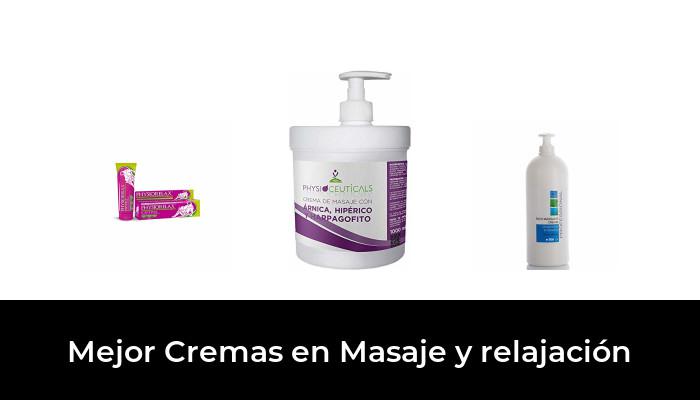
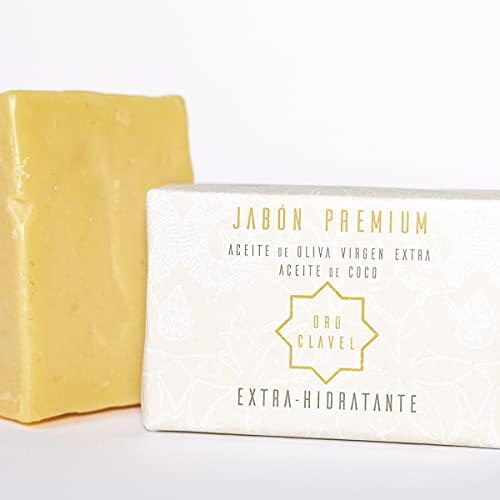
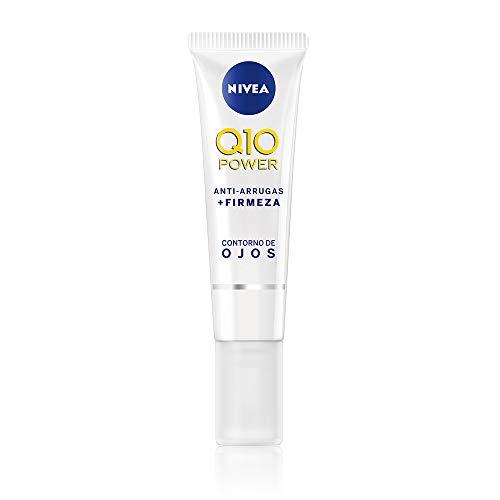
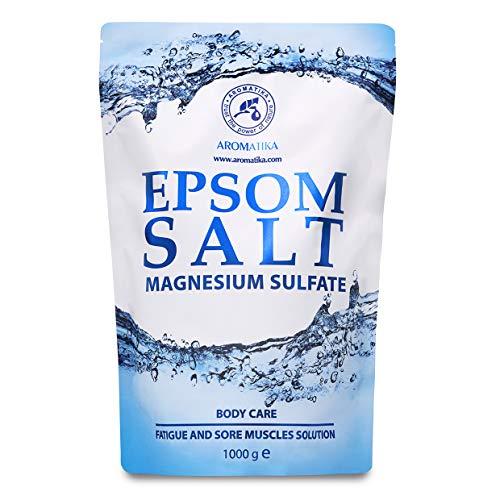

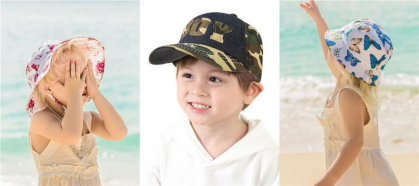
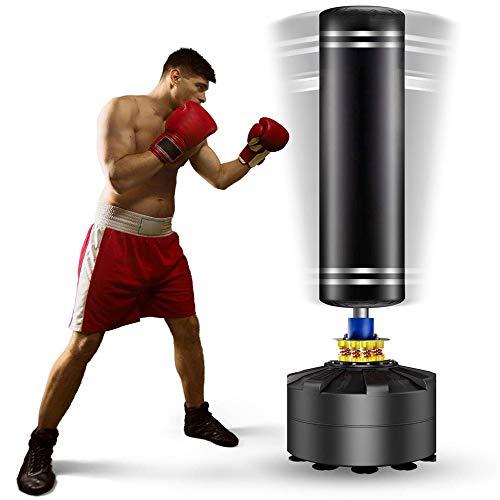

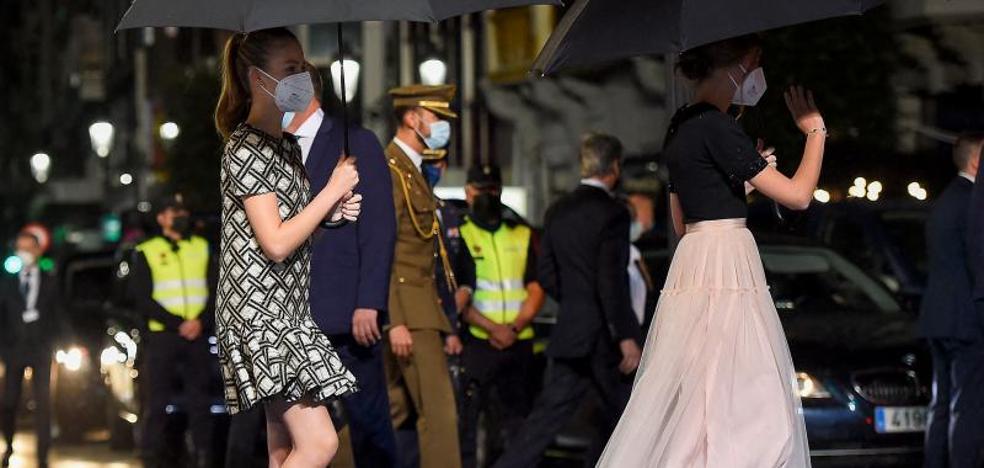
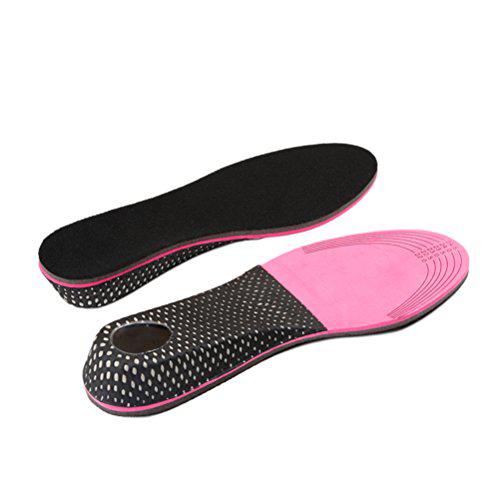

49 Best Creams in Massage and relaxation in 2021: according to the experts
25/02/2022You can get any random Massage & Relaxation Creams, but if you are looking for expert advice to make the best choice for your needs, then you have come to the right place. No matter...